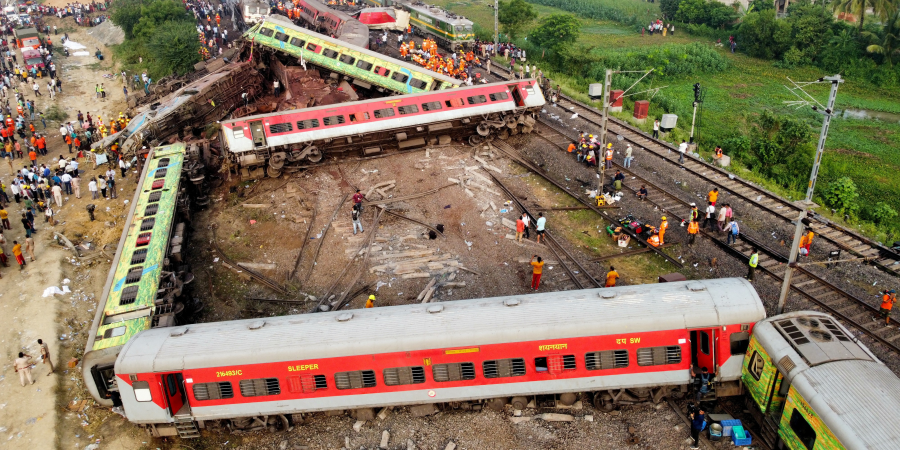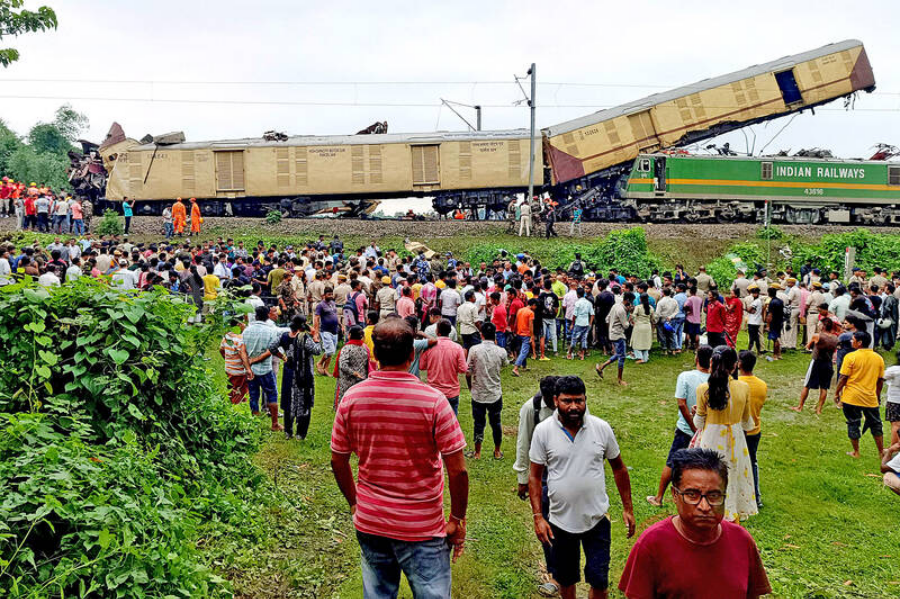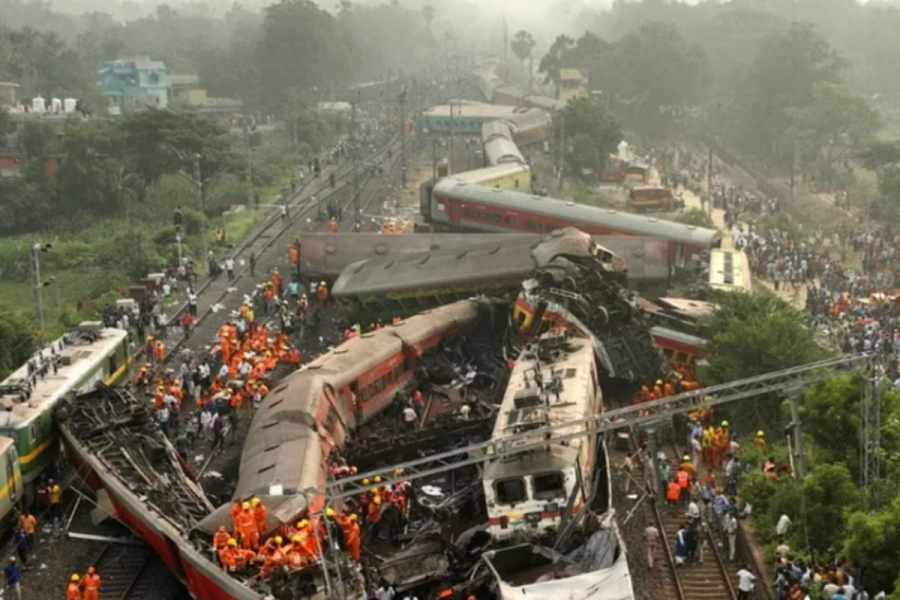

Another train crash has just occurred in India, leaving the country in the middle of another dreadful aftermath of a transport disaster. The tragedy occurred on [insert date] near [location]. The country mourns as it tries to come to grips with the loss of lives and feels its way over issues to do with the safety mechanisms within the large railway network.
It was a train ride like any other, carrying hundreds of passengers, when it suddenly derailed—some of its cars falling off the rails and leaving behind extensive damage. Preliminary reports indicate that it may not have been due to any single cause, but more likely, the outcome of several factors: human error, technical malfunction, or even structural problems in the tracks themselves. Rescue teams and emergency responders worked well into the night to rescue and recover the bodies of other victims from the crash.
 Such incidents are an eye-opener for India, where railways are virtually the lifeline of transport for millions every day, on the urgent need for enhanced safety measures and infrastructure upgrades. While efforts have been made in recent times to modernize and improve railway systems, such accidents evidence the persistent challenges faced by one of the largest and most populous rail networks in the world.
Such incidents are an eye-opener for India, where railways are virtually the lifeline of transport for millions every day, on the urgent need for enhanced safety measures and infrastructure upgrades. While efforts have been made in recent times to modernize and improve railway systems, such accidents evidence the persistent challenges faced by one of the largest and most populous rail networks in the world.
The human cost of the accident cannot be understated: families shattered, communities left in mourning, survivors traumatized from the harrowing experience. The country mourns, directly raising questions of accountability and steps that must be taken to try and prevent future tragedies. Government officials, railway authorities, and safety experts all vowed full investigations into exactly what caused the train derailment and measures to be taken so far as possible that similar incidents will not recur in the future.
The incident has evoked a lot of public outcry and calls for accountability within the administration. One wants citizens to see transparency in the probe, urgent steps to prevent any kind of negligence or lapse in safety protocols, and concrete steps to ensure that passenger safety is kept at the top of the priority list every second.
 In response, government officials have resolved that no stone be left unturned in their probe. They assured that all those found guilty of any negligence or lapses that may have led to this accident would be held accountable. Also, authorities pledged to hasten on-going efforts for modernizing railway infrastructure, improvise training for personnel, and enhance safety protocols across the board.
In response, government officials have resolved that no stone be left unturned in their probe. They assured that all those found guilty of any negligence or lapses that may have led to this accident would be held accountable. Also, authorities pledged to hasten on-going efforts for modernizing railway infrastructure, improvise training for personnel, and enhance safety protocols across the board.
Beyond the immediate response to this tragic event is the deeper reflection on just where transportation safety in India currently lies. There have been advances, but many problems remain. It thus becomes an eye-opener toward the fact that probably there will never be any way to completely eliminate the risks in such a vast and complex railway setup, but at the same time, it brings out the essence of continuous vigilance and investment in safety measures.
As citizens mourn the loss of precious lives, the country stands at a junement—reaffirming its commitment to improvement in railway safety, so that every travel by railways in India is as safe as possible. At the same time, lessons learned from this incident must not slide into memory but drive meaningful change so that never again will heart-wrenching accidents occur.
